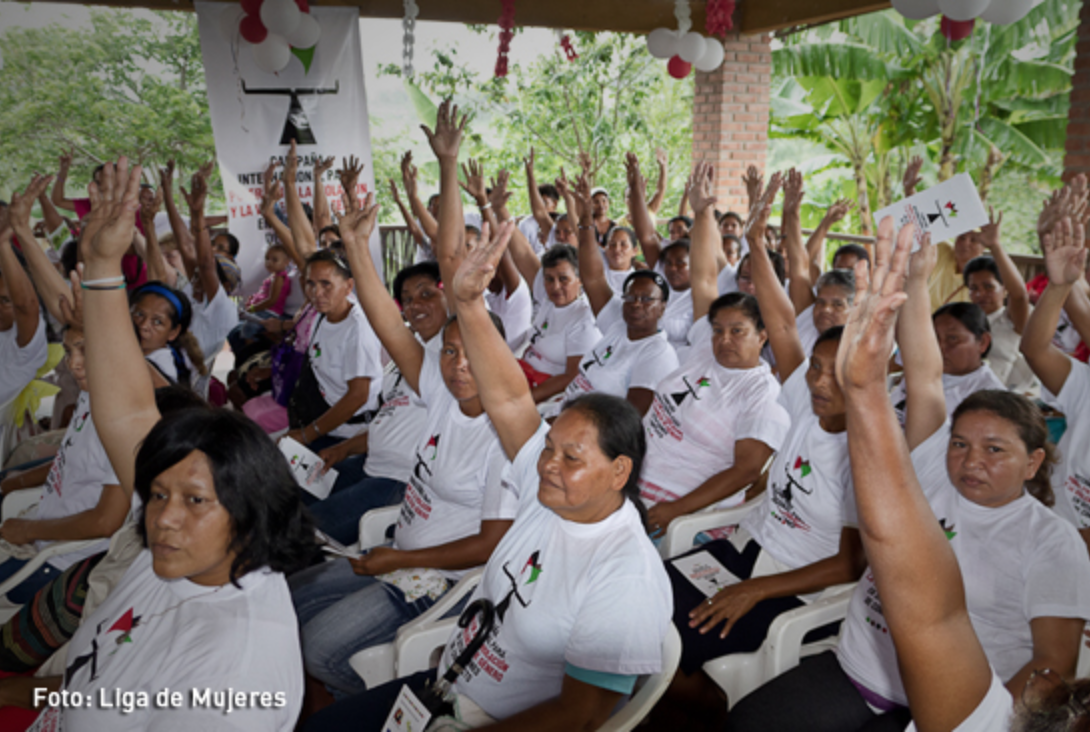More about Colombia Positiva here |
|
City of Women
|
Why Positive News?
to Nurture Hope to Exemplify Solutions to Inspire Action to Celebrate Positive Change! ...................... We envision a world in which people treat each other with respect and kindness, where we consider the Earth to be our home to care for and to enjoy. And we see that this world is in the process of emerging. Positive News is a reflection of this widespread movement and tells its powerful stories.
|





